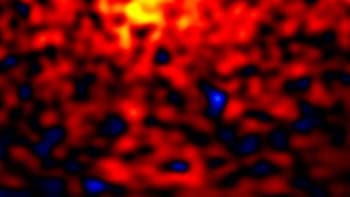
The delay in the construction of the Thirty Meter Telescope (TMT) on Hawaii’s tallest mountain, Mauna Kea, is continuing to cause turmoil within the astronomy community. First, the Office of Hawaiian Affairs (OHA) Board of Regents announced in April that it had withdrawn its support for the telescope. Then, last month, an e-mail forwarded to some 200 astronomy faculty, researchers and students sparked outrage when it claimed that the telescope was being “attacked by a horde of native Hawaiians”.
Construction of the TMT – featuring a primary mirror 30 m across that will be housed in a structure 66 m wide and 56 m tall – had been halted in early April, following protests by native Hawaiians. Mauna Kea is currently home to 13 telescopes, and TMT supporters maintain the newest and largest observatory will be constructed with care for the environment and the mountain’s cultural importance. TMT members say they have obtained all of the necessary permits for the observatory, and that they have the legal right to proceed. But indigenous Hawaiians claim that Mauna Kea – their spiritual and cultural pinnacle – is being desecrated, and a growing number of astronomers are now at odds with the project, too.
On 20 April, the situation became tense when an e-mail by University of California astronomer Sandra Faber to a group of astronomers – which was then forwarded to 200 astronomy faculty, researchers and students – sparked outrage. In the e-mail, Faber stated that the TMT is “in trouble, attacked by a horde of native Hawaiians who are lying”. Faber has since apologized.
Professional environment
On 6 May, Megan Urry, president of the American Astronomical Society (AAS), released a statement in which she underlined the diversity in the astronomical community. “I tell all of you, very clearly,” she wrote, “that racism is unacceptable, that referring to groups as monolithic is not acceptable, and that the AAS is firmly committed to an inclusive, welcoming, professional environment.” Urry added “Astronomers may have a range of opinions and perspectives on various matters, but we speak as one on the principle of respectful discourse at all times.”
Urry’s statement came a week after the OHA Board of Regents voted to rescind its 2009 decision to support Mauna Kea as the site of the TMT. The OHA is a public agency that is responsible for improving the well-being of native Hawaiians. The decision on 30 April, which followed some four hours of testimony, is a neutral stance because the board could have voted to oppose the construction – indeed, some were upset that it did not do so. The OHA board says that the neutral stance provides it with a bargaining chip of sorts in future negotiations regarding how Mauna Kea is used.



